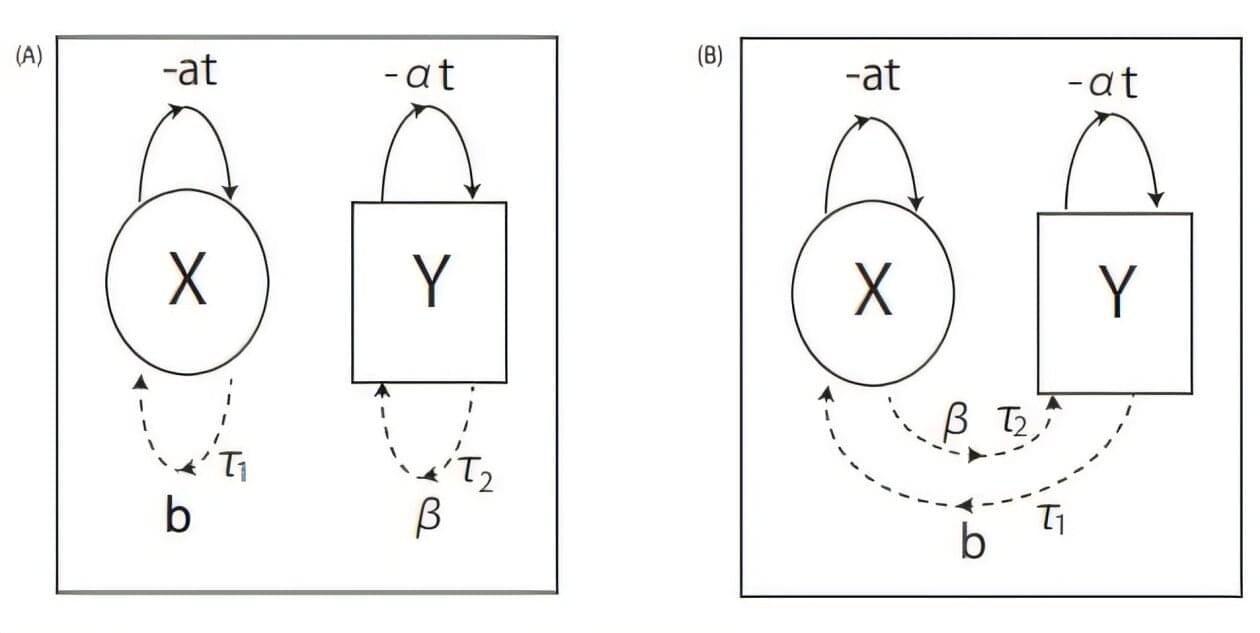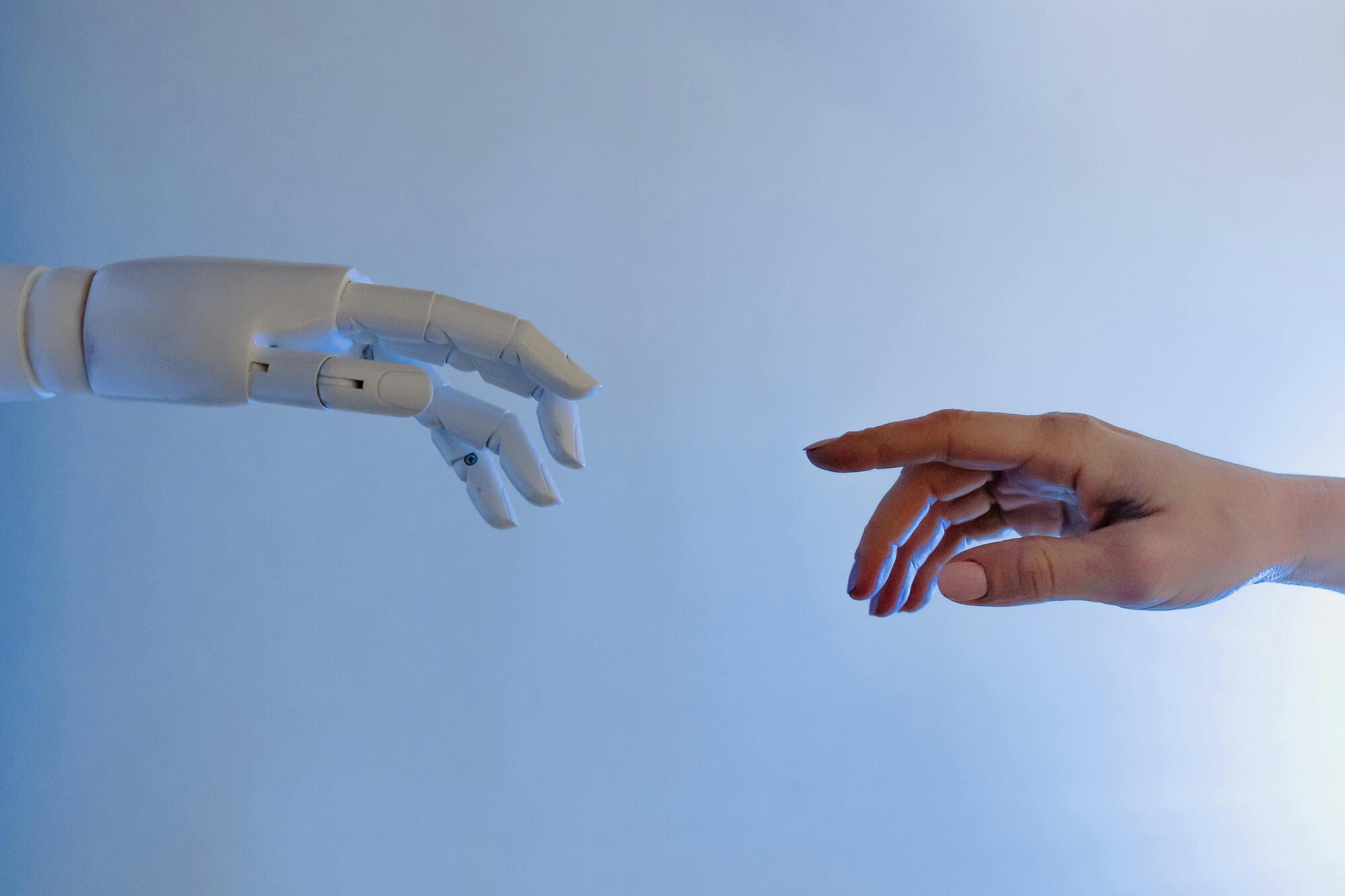A recent study published in Nature Astronomy has revealed that the dwarf galaxies orbiting around Andromeda, our neighboring galaxy, are distributed in such an uneven way that it calls into question the most widely accepted cosmological theories. According to the researchers, this asymmetric arrangement is so extreme that it is almost impossible to explain with current models of the universe.
Andromeda, also known as M31, is the spiral galaxy closest to the Milky Way and, like our galaxy, is surrounded by a group of smaller dwarf galaxies that orbit around it. What has surprised scientists is that these dwarf galaxies are not evenly distributed.
Of the 37 observed dwarf galaxies, all but one are located on one side of Andromeda—specifically, the side facing the Milky Way. This uneven arrangement is as if, when throwing a handful of stones around a tree, almost all of them landed on just one side.








